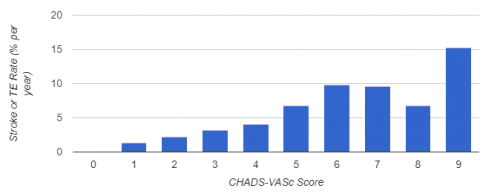Falls in our elderly population are one of the largest issues facing trauma centers in the US, if not world-wide. The sheer numbers, along with the significant morbidity and mortality experienced by this group is mind boggling. ACS verified trauma centers are encouraged to have geriatric specific practice guidelines to assist in optimal care of these patients, and falls prevention programs are common among them.
The Centers for Disease Control is promoting a program called the Stopping Elderly Accidents, Deaths, and Injuries (STEADI) initiative. They provide a suite of tools and resources, and screening begins with a 12 point questionnaire (see links). This tool obviously takes a bit of time to administer, and time is precious. The research group at
Baystate Medical Center in Massachusetts postulated that giving the full screen may be a bit cumbersome.
They explored a possible simplification to the 12-point STEADI screen, reducing it to only 3 of the questions. They sought to determine whether this easier and more convenient screen might be as accurate as the full STEADI screen. They evaluated a group of 60 elderly patients use the abbreviated tool, and those who scored high were referred to a physical therapy for further assessment and intervention. The primary outcome was performance improvement on the Timed Up and Go test (TUG), a measure of the patient’s ability to get up from a chair, walk a fixed distance and back, then sit down again. Normal performance is < 12 seconds.
Here are the factoids:
- The median age of the 60 study patients who were considered high risk was 77
- Median TUG before interventions was 16 seconds
- After physical therapy intervention, the time decreased significantly to 12.3 seconds
The authors concluded that the abbreviated screen could be used to effectively identify elderly patients at risk for falls.
Here are some questions for the authors and presenter to consider in advance to help them prepare for audience questions:
- Show the audience the full STEADI questionnaire, and highlight the three questions used in your study. This was not specified in the abstract. Did the patients have to score positive on all three questions to qualify for intervention?
- How much time difference is there in answering the full 12-question survey vs the abbreviated 3 question one? The full survey looks pretty simple to me.
- Did you also administer the full screen to see the correlation with your subset of three questions? This could provide interesting information that could validate the brief screen. How many more receiving the full screen would have qualified for the intervention?
- What exactly were the interventions that the therapists provided in PT? Were they the same for each patient? How do you think they improved the TUG score?
- Did all 60 patients complete the program? Or were more enrolled and only 60 qualified for intervention?
- Is the TUG score difference clinically significant? You showed statistical significance, but are these patients really less likely to fall? Did you collect any data of falls after completion of the intervention?
This is a timely and pertinent study. I look forward to hearing the nitty gritty at the conference.
Links:
- The STEADI algorithm
- The 12 point STEADI screen
Reference: Fall prevention initiative: A fall screening pilot study in the ambulatory setting. EAST 2019 Paper #21.


